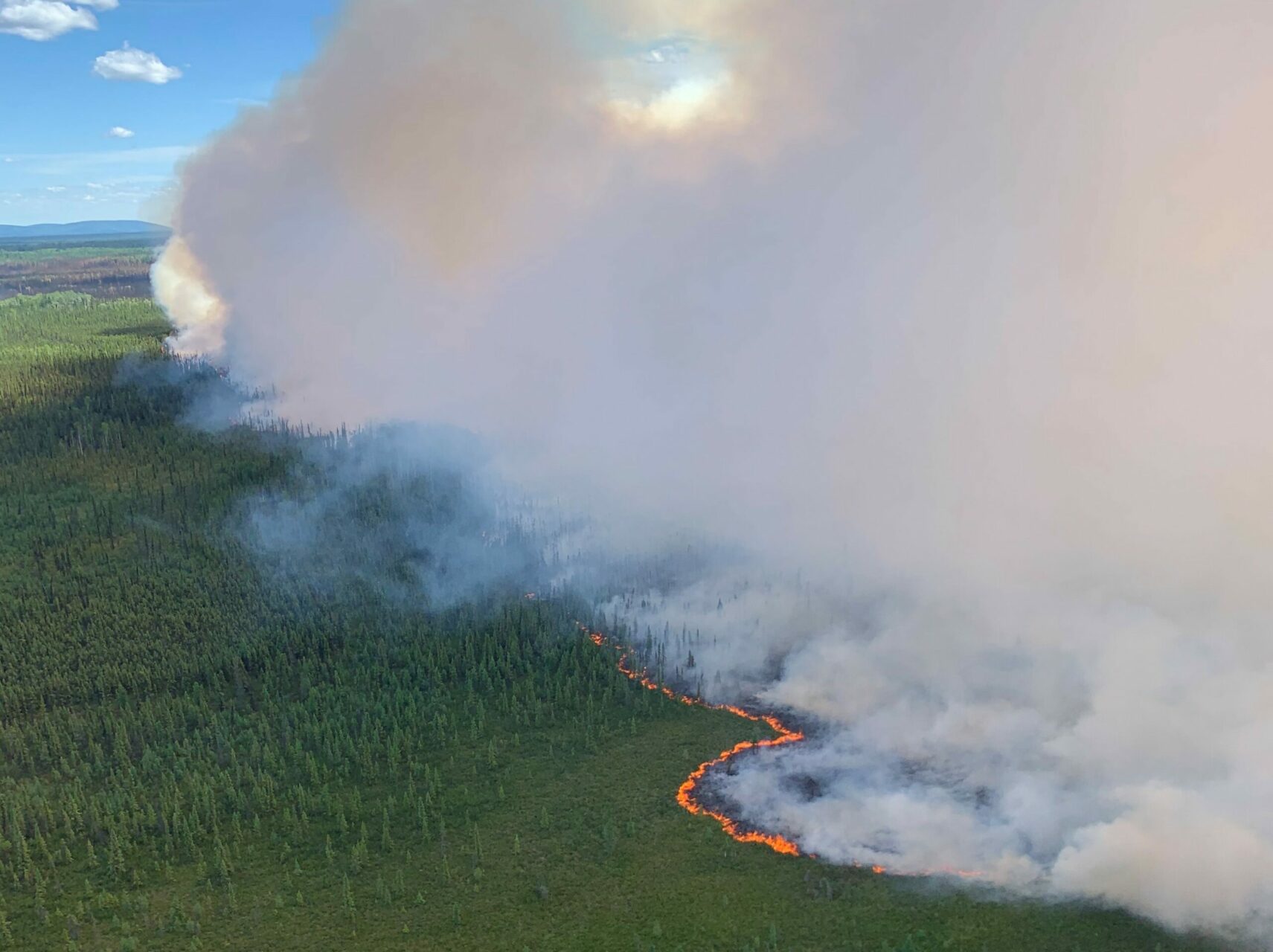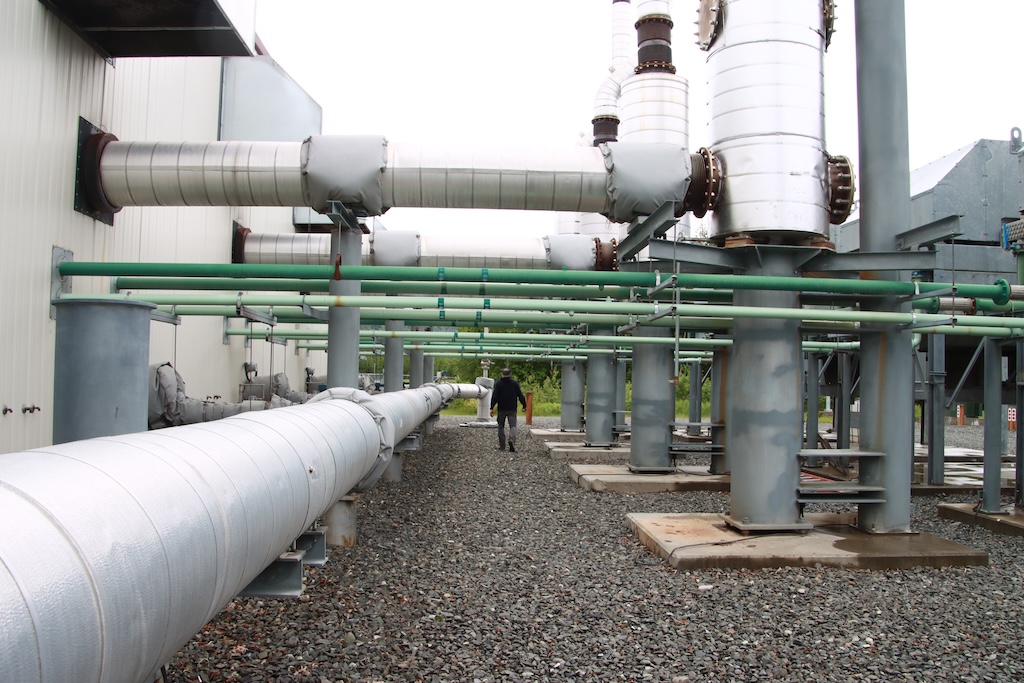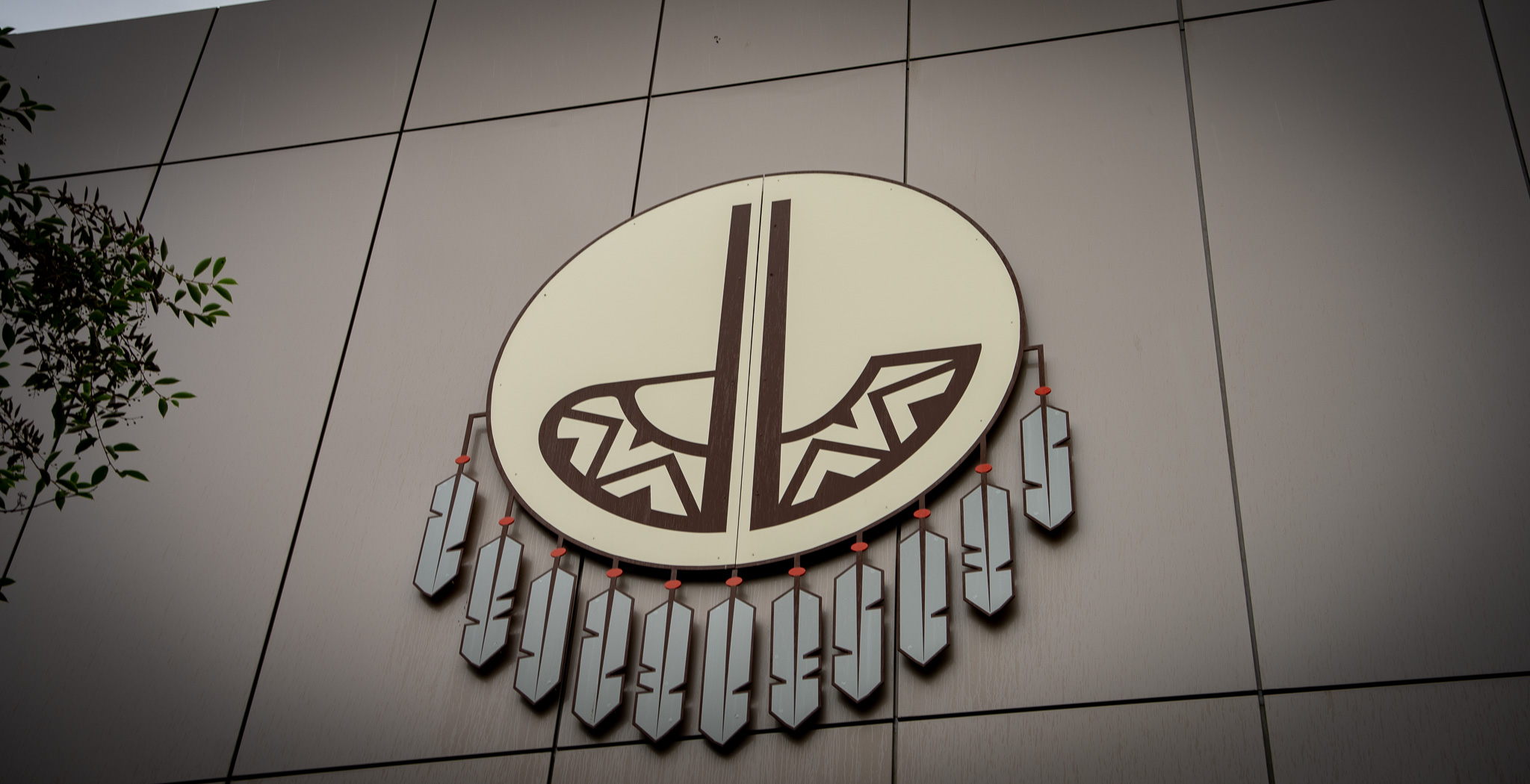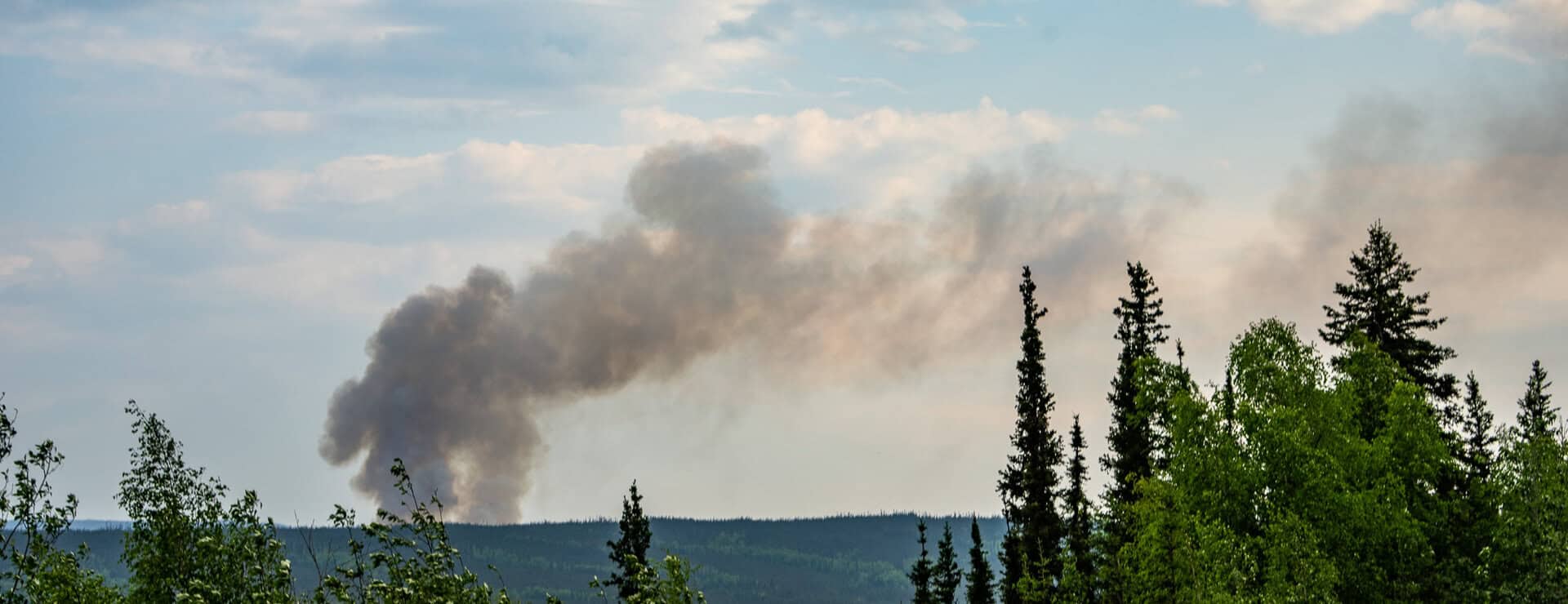Fire plays a vital role in boreal forest ecology. As the Doyon region is largely made up of boreal forest, the region is heavily prone to wildfire. Doyon is tasked with management and oversight with the Alaska Fire Service in addressing fire and fire mitigation on its lands.
Doyon addresses fire management through:
- Engaging in regular fire seasonal updates with agencies, village corporations, and village councils.
- Modifying fire options in partnership with fire management officers and adjacent land owners.
- Monitoring and partnered decision making on fire decisions on its lands.
- Fire-related decision making on Doyon lands.
- Implementing fire mitigation practices.
- Providing fire mitigation and science education.
There is no better time to prepare for a wildland fire. Below are recommendations on how to prepare your home for the 2024 fire season.
- Rake leaves, dead limbs, and twigs. Remove leaves and rubbish from under structures and remove vines from the walls of the home. Clear all flammable vegetation.
- Remove dead branches that extend over the roof.
- Prune tree branches and shrubs within 15 feet of a stovepipe or chimney outlet.
- Ask the power company to clear branches from powerlines.
- Clear a 10-foot area around propane tanks and the barbecue.
- Place stove, fireplace, and grill ashes in a metal bucket, soak in water for 2 days; then bury the cold ashes in mineral soil.
- Store gasoline, oily rags, and other flammable materials in approved safety cans. Place cans in a safe location away from the base of buildings.
- Stack firewood at least 100 feet away and uphill from your home.
- Review your homeowner’s insurance policy and also prepare or update a list of your home’s contents.
More than 60 percent of Alaska’s wildland fires are human-caused! To protect you and your loved ones, ensure that you follow the safe-burning guidelines that are in your burn permit. Below are some common burning violations that Alaska’s Fire Prevention Officers encounter when patrolling and interfacing with the public.
- Burning during adverse weather conditions (hot, dry, windy) or during a burn permit suspension or closure.
- Failure to possess a valid burn permit.
- Burning that exceeds the scope of the permit.
- Burning materials that emit black smoke, obnoxious odors, or fumes (plastic, rubber, vinyl, waste oil, animal waste/carcasses, household garbage)
- Failure to clear the area around the campfire, brush pile, or burn barrel down to mineral soil.
- Leaving a fire unattended or not fully extinguishing a fire until it is cold to touch.
From all of us at Doyon, stay safe!





